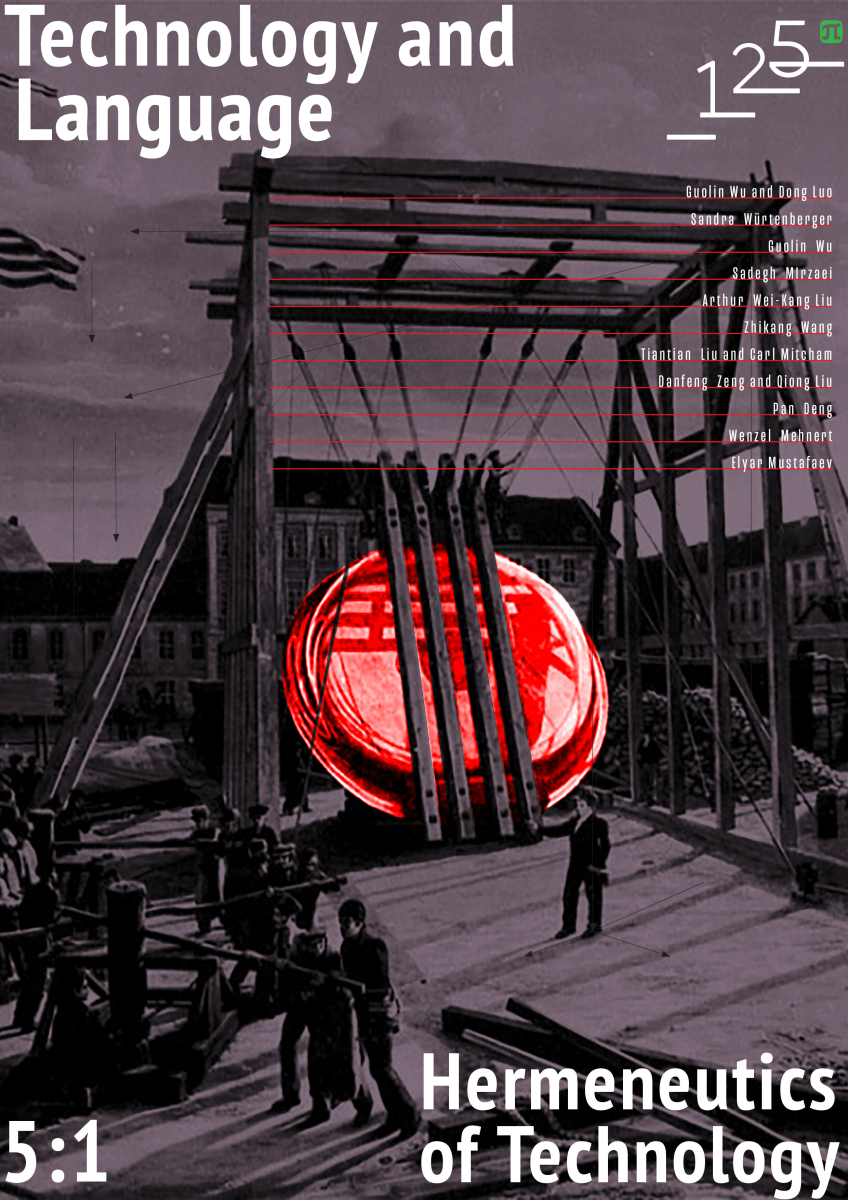The Language of Technical Examinations and Forensic Science
There is a problem of understanding the language of forensic experts by other participants in court. This article discusses the language system of an expert. The author proposes an interdisciplinary approach to the study of this system. It specifies the reasons why the scientific style of the language does not fully meet the requirements of forensic examination. Recommendations for improving the language system are therefore included. The expert language consists of a natural language, a scientific language, and a formalized sign language. At the same time, its legal significance requires that it adapts to law enforcement which is hindered by the overuse of formalized and scientifically specialized linguistic apparatus, resulting in complex linguistic constructions that make it difficult to understand. Although in some cases the inclusion of formulae and special methods of analysis in an expert opinion is inevitable, it is often possible to use symbols and scientific laws that are included in the school curriculum. Particular attention should nevertheless be paid to the meaning of the given calculations. It is recommended to include a list of terms and abbreviations used in the research part of the expert's report. An expert must become a “translator” who can easily convey to an investigator or judge legally important information resulting from scientific research and the methodology for obtaining it. It is recommended not to use a scientific style of presentation, but a popular scientific substyle, which includes not highly specialized, but common terminology, allowing for simplification of definitions, the use of descriptive phrases, comparisons and examples. This paper also presents the experience of Professor Viktor Vasilyevich Strekopytov who introduced a visual language of drawings, diagrams and graphs into the language system of experts. The practice of supplementing the expert opinion with visual materials does not exempt experts from the need for a detailed verbal description, which should not only give a complete picture, but also focus on semantic details.



